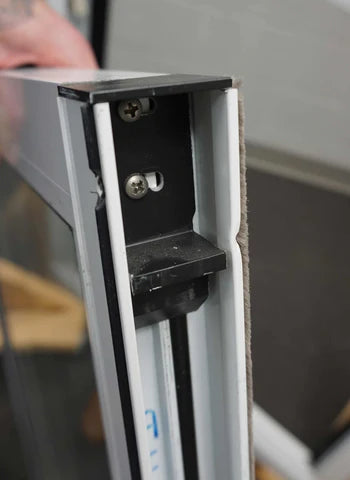
DIY Window Sash Cam Replacement: A Cautionary Tale
Once upon a time, in a land far, far away (or just down the street, depending on where you live), there lived a homeowner named Bob. Bob loved DIY projects. He was always looking for new and exciting ways to improve his home, and one day, he stumbled upon a project that would change his life forever: replacing the window sash cam on his windows.
Bob had never heard of a sash cam before, but after doing some research, he learned that it was a small piece of hardware that keeps the window sash from falling out of the frame. He also learned that it was a common problem for homeowners, and that replacing it was a relatively easy DIY project.
Excited by the prospect of fixing his windows, Bob set out to find the necessary hardware. He scoured the internet, visited hardware stores, and even went to the local dump to see if he could find an old sash cam. But no matter where he looked, he couldn't find the right one.
Finally, in a moment of desperation, Bob decided to make his own sash cam. He found an old coat hanger and, using his trusty hammer and pliers, he bent it into the shape of a sash cam.

Bob was thrilled with his creation and quickly set to work installing it on his window. He carefully pried off the old sash cam and replaced it with his homemade one. He stepped back to admire his handiwork, but his excitement quickly turned to horror as the window sash fell out of the frame and shattered on the ground.
Feeling embarrassed and defeated, Bob decided to call in a professional to fix his window. But as he sat there, staring at the broken glass and his homemade sash cam, he couldn't help but laugh at himself.
From that day on, Bob learned to leave the complex tasks to the experts and stick to simpler DIY projects. And if you're ever in need of a DIY window sash cam, don't make the same mistake as Bob, just call a professional, trust me it's worth it!
